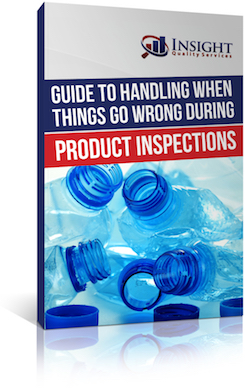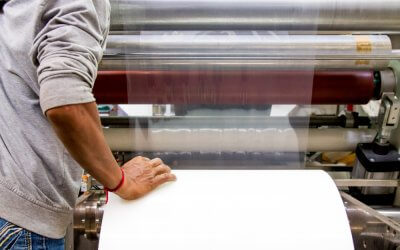No profitable company gets ahead by keeping lackluster or confusing accounting records — after all, thorough financial tracking guarantees you’re investing your resources well and protects you from audits. Likewise, smart manufacturing companies know that tracing and tracking every aspect of the production process keeps you safe from costly errors and regulatory non-compliance.
But how does traceability work, and why is it so critical? In this article, we’ll explore what traceability in the manufacturing industry is, and why it’s vitally important for the success of your business.
Table of Contents
What is Traceability in Manufacturing?
Traceability is the ability to track every aspect of the manufacturing and distribution process. Within your operations, you should ideally be capable of collecting and documenting the complete history of a product’s lifecycle: from acquiring the raw materials to shipping the finished product.
Important information that can (and should) be traced includes:
- The origin of the product’s components
- Inspection notes on the product
- Time spent at each workstation
- The overall production timeline
- The product’s ultimate destination
Essentially, traceability allows for a definitive paper trail documenting the sourcing, manufacture, and distribution of your products.
How do You Trace a Product?
In order to establish complete traceability, you’ll typically assign each product discrete part marks or individual component-level marks (like serial numbers) during the manufacturing process. Direct part marking is the only sure way to create permanent lifetime traceability that can withstand heavy use.
Laser marking and pin marking are popular ways to create permanent, readable marks on most materials. But you can work with your supplier to find equipment that will work best for your particular product and process.
There are also tools and digital resources that track parts and products to monitor your production line. Barcodes and scanners can be used to easily track products and record relevant data in real-time.
Why is Traceability Important in Manufacturing?
The benefits of traceability are numerous. Tracking your production process is important for a variety of compelling reasons:
- It helps businesses ensure compliance with regulatory requirements. Local and international laws must be followed, especially for highly regulated products.
- It ensures quality control through monitoring of the manufacturing process. Lower-quality materials are less likely to be substituted in your product if you are monitoring and tracing your production process.
- It lowers the risk of product recalls. When you trace the origins of your components, you have a higher chance of uncovering any raw materials that might have been compromised before they are used to make your product and distributed. It is much better to stop a mistake from happening than to try to undo one after the product has been shipped.
- It helps manage good customer relationships, and addresses customer complaints. When a customer points out something wrong with your product, it will be easier to identify where the error may have occurred if specific products/parts are traceable.
- By circumventing costly mistakes you can save money and time – which will be better spent on handling other aspects of your business.
- It helps locate and resolve inefficiencies across the supply chain.
Most of all, traceable manufacturing allows manufacturers to easily determine when a problem occurred and what the details of that problem are.
Types of Traceable Manufacturing
There are two types of traceable manufacturing:
Product Tracking
Product tracking lets you follow the path of a specific product through the supply chain. These products, when tracked, are routinely monitored for obsolescence, inventory management, and logistical purposes. This type of tracking is important to avoid logistical errors in production.
Product Tracing
Product tracing lets you identify the origin of a unit and/or batch of product located within the supply chain by referencing records held further along in the supply chain. Batch segregation will help determine if a particular batch is faulty. Using product tracing, you’ll only have to dispose of a single poor batch rather than waste all of the products. This helps companies save on resources, pre-empt customer complaints, and avoid extensive recalls.
Traceability Enables Business Success
As we’ve seen, traceability enables you to ensure compliance and quality control, avoid product recalls, and better manage your customer relationships. Therefore, it is a smart idea to incorporate traceability into your operations, especially for more complex products.
If you’ve recently conducted a product inspection and uncovered mistakes in your supply chain, we recommend downloading the following free guide.
Free Guide: What to do When Things Go Wrong
When a quality problem happens - and they will - how you approach the problem makes all the difference in successfully squelching it.
Learn how to deal with the problem at hand, see potential quality gaps throughout your supply chain, and take proactive measures to avoid future problems.





What do you suggest to do when you’re not allowed to add any stickers or engravings on the product but your assigned to make every product traceable with a low budget. I don’t see any other solutions then a camera system that recognizes products (through AI or machine learning). But the costs for such a system will likely outway the benefits. Any suggestions?
Fabio,
Unfortunately, we are unaware of any alternatives that do not involve some kind of sticker or permanent marking on the product. We wish you the best of luck with your situation.
Billy Miner